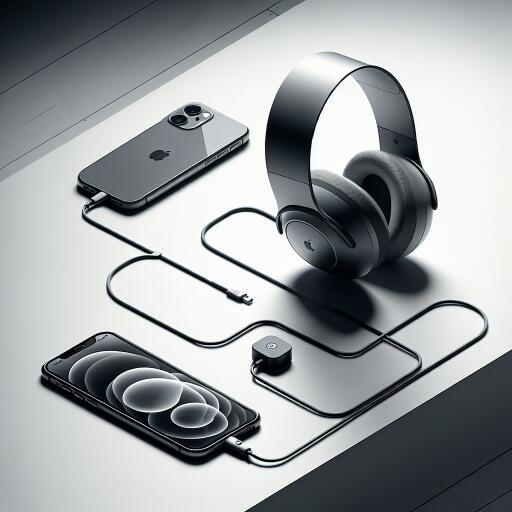Exploring Apple’s Affordable Vision: A Tethered Future for VR?
In the realm of immersive technology, the Apple Vision Pro has set a high standard for what premium virtual reality (VR) experiences can look like. However, its hefty price tag of $3,499 has positioned it as one of Apple’s most exclusive offerings to date. The challenge at hand is not just about the technology’s marvel but its accessibility to the wider market. As the Vision Pro slowly finds its way to consumers, the question arises: Will Apple’s visionary product become more attainable?
It’s clear that Apple is steering towards a long-term strategy, potentially spanning several years, aimed at creating more budget-friendly versions of the Vision Pro. One notable approach could involve the innovative step of tethering the device to an iPhone or Mac. By offloading much of the computational heavy lifting to these powerful devices, Apple could significantly reduce the standalone costs associated with the VR headset’s internal hardware. Nevertheless, to captivate and maintain consumer interest, the essential high-quality optical technology the Vision Pro is known for would remain non-negotiable.
Apple’s track record suggests resilience in the face of lukewarm consumer reception is nothing new for the tech giant. The company has consistently shown a willingness to support its products through periods of underwhelming sales or interest, as evidenced by its treatment of the Mac Pro line. These devices have seen years elapse between updates, despite a dedicated user base. Similarly, while the novelty of the Vision Pro casts a spotlight on the potentials of immersive technology, enticing the average consumer requires more than just groundbreaking innovation; it demands accessibility through affordability.
The inherent obstacle to widespread adoption of the Vision Pro lies not in its technological prowess, but in its market position. If future iterations of this sophisticated device could leverage the computing power of existing Apple products that consumers already own, such as iPhones or Macs, the proposition becomes significantly more attractive. This strategy could democratize access to high-quality VR experiences, offering a compelling blend of Apple’s signature performance and innovation at a fraction of the cost.
As Apple stands at the crossroads of pioneering technology and market demand, the prospect of a more accessible, tethered VR headset reflects a strategic pivot towards inclusivity. By potentially integrating the Vision Pro with its ecosystem of devices, Apple not only opens up new realms of immersive experiences to a broader audience but also reinforces its commitment to innovation that serves everyone. The journey towards a cheaper Apple Vision Pro may just be starting, setting the stage for a future where cutting-edge virtual reality becomes a mainstream staple.










